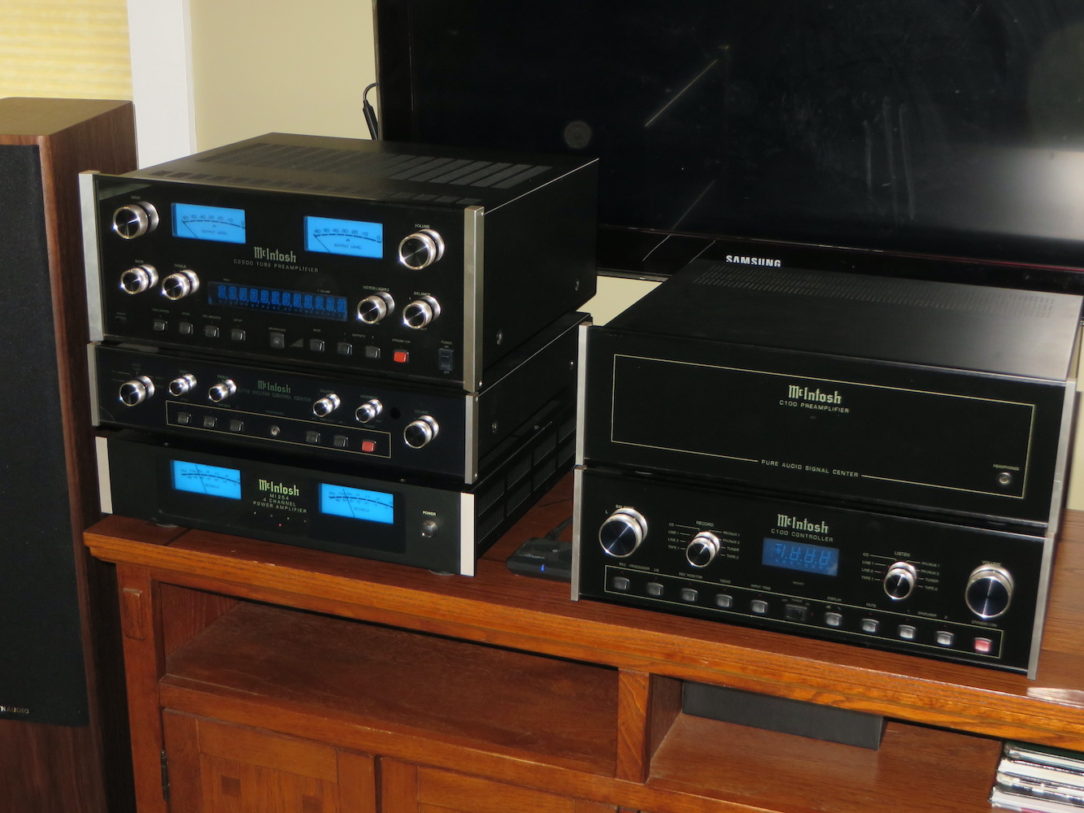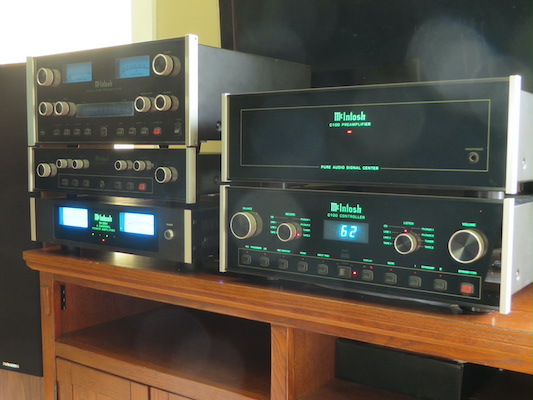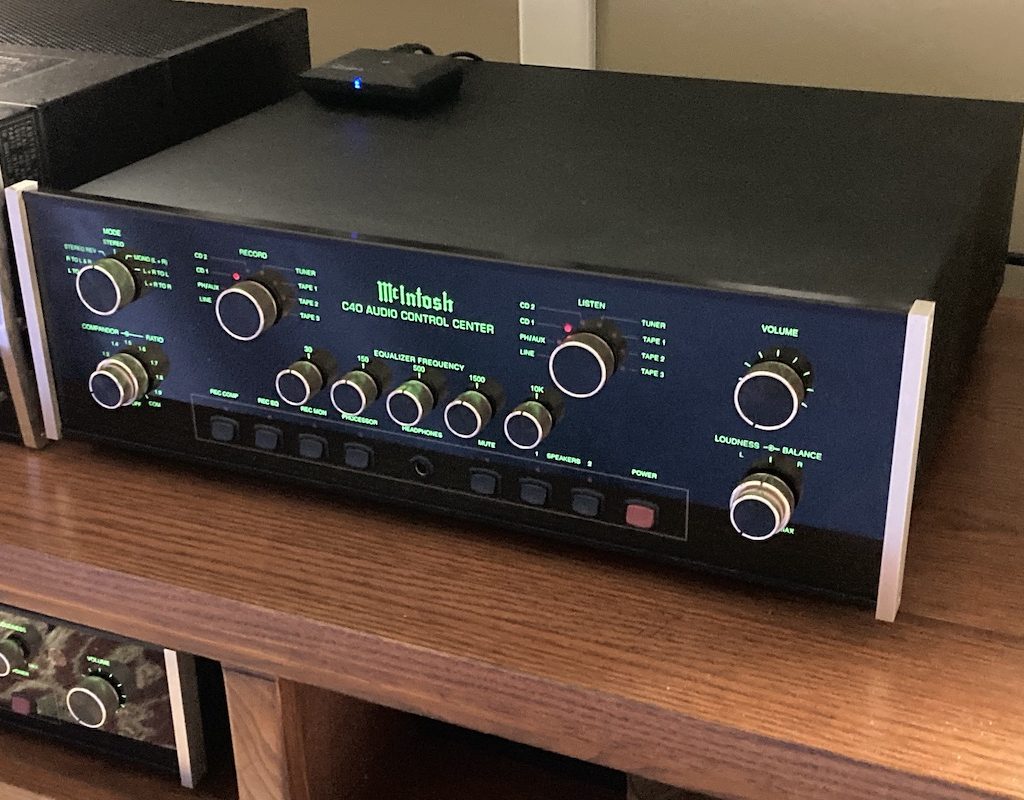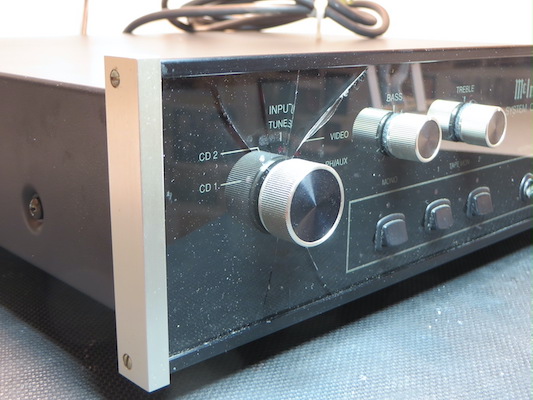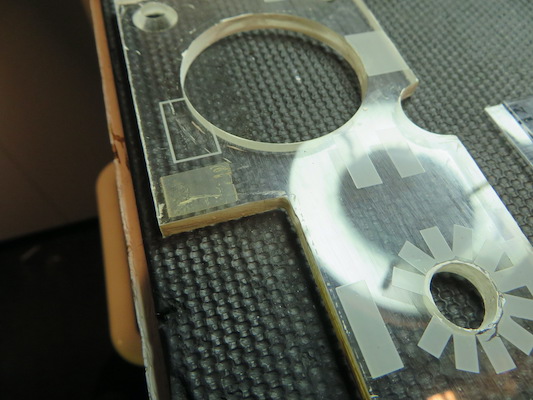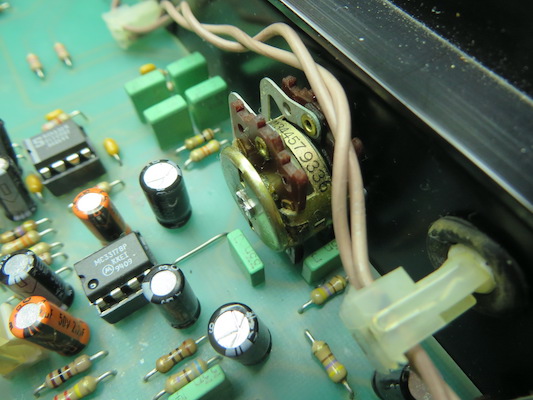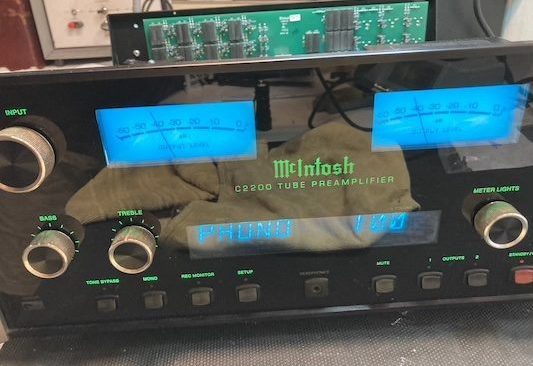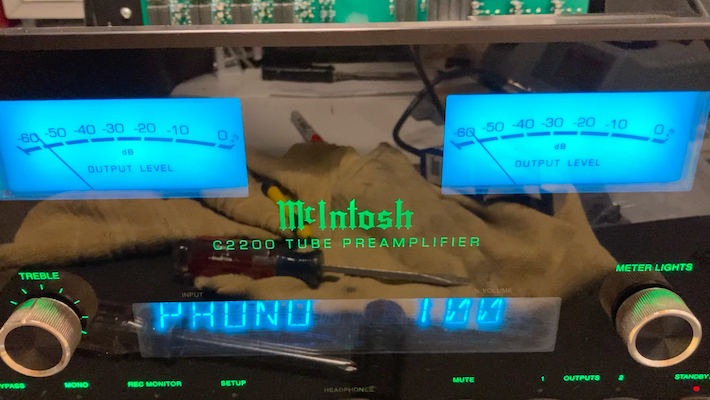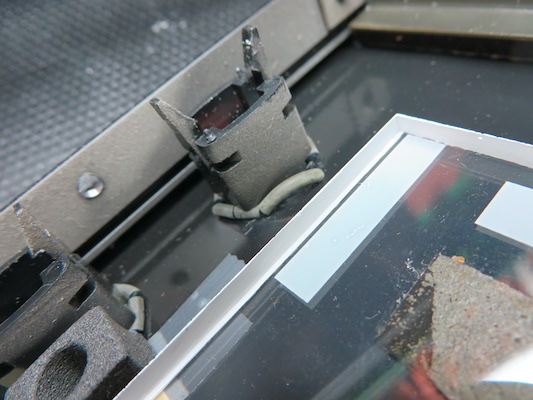We’ve been busy with preamplifier repairs in the shop lately. With all of these repaired and ready to go, we thought we’d spend some time listening and comparing with our very own McIntosh Preamplifier Shootout. A brand new MI254 class D amplifier, the bottom unit in the photo at left, served as our power amp. The MI254 was also recently repaired by Bob the Tech Audio, read more here. First up, our C712 (which is available for purchase, contact us!). Also in the shootout, shown at left, we had a McIntosh tube hybrid C2200, a McIntosh C100 controller/preamp pair (center), and, at right, a McIntosh C40. The winner? You know they all sound good!
C712
Bob the Tech Audio repaired the C712 earlier this year. The photos below show some of that work. Most of the work on the C712 was replacing the front panel glass. The photos show the front panel disassembled, and the diffuser removed and prepped for installation on the replacement glass. The original o-rings holding the pushbuttons into the glass were dry rotted and falling apart. We replaced the o-rings as we transferred the pushbuttons to the new glass. The input select where the glass had broken turned out to be OK, but other controls were scratchy and intermittent. We cleaned and exercised all of the controls and they all sound great now. The repaired unit is shown lower right, ready for listening.
C2200 – Tubes Matter
The C2200 came in with low and distorted outputs. The C2200 is a tube hybrid preamp with a tube phono preamp and a tube line preamp. We traced the issue to one of the two voltage regulators that generate the tube heater voltages. The low voltage from the regulator wasn’t allowing the tubes to heat properly. The result was low and distorted output. We replaced the regulator and associated filter capacitors. There were also incorrect and burnt resistors in the tube bias circuitry. We replaced the burnt parts with new parts of the correct values.
One last issue remained, high noise in the phono preamp which was a little bit worse in one channel. After isolating it to the first phono preamp tube stage, we replaced those tubes with a new pair of Mullard 12AX7. We were amazed at how those Mullard tubes not only resolved the slight difference in noise channel to channel, but were almost 20dB less noisy than the original McIntosh tubes. The photos below show the difference in output noise at max volume, with no input. When using the phono stage at typical operating volumes the noise with the Mullard tubes doesn’t even tickle the meters.
C100
We also had a C100 in our McIntosh Preamplifier Shootout. This C100 arrived with an inoperative volume encoder, and a couple of other controls that were very sticky. Volume was set to about halfway, and couldn’t be adjusted. That was enough to verify that all of the C100 inputs and outputs were working as designed. Bob the Tech replaced the volume encoder, shown in the first photos below.
Lamps in both the controller and preamp units were out. The preamp lamps plug into sockets, easy. The controller lamps on the other hand are mounted to small circuit boards which are in turn fastened to the front panel with a pair of nuts. We disassembled and replaced all of the lamps with new ones. Photos below shows the rework and the new lamps under test. While the front panel was disassembled we lubricated the sticking controls and have them now running as new. Finally, we replaced the dry rotted o-rings on a couple of the front panel pushbuttons, shown in the last photos. The new o-rings will keep the pushbuttons in place for years to come.
C40
This C40 was in for service for low and distorted outputs. Bob the Tech found a blown fuse on the load side of the mains transformer. A blown fuse typically means something else is wrong. Further isolation found a pair of rectifier diodes in the power supply were shorted. That would do it. We replaced the rectifier diodes, shown in the photo at left. The C40 has the unique feature of an integrated 20W monitor amplifier. Testing after rework showed distortion on the monitor amp output before it reached the rated 20W outputs. We isolated this to faulty mains supply filter capacitors which were not holding the B+/- voltage for the amplifier up to proper levels. Replacing the main filter capacitors, shown at right, resolved the supply issues and has the unit performing to factory specifications.
It was a privilege to get a chance to repair and listen to these fine McIntosh preamplifiers in our McIntosh Preamplifier Shootout. Your McIntosh or other fine audio preamplifier should sound as good. If it’s not, contact Bob the Tech Audio and we can have yours running great in no time.

